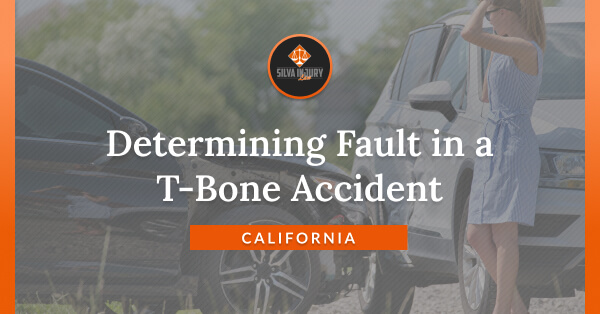
T-bone accidents are some of the most tragic cases we see. They can lead to life-changing injuries and extensive property damage.
Unfortunately, determining fault after an accident is often difficult. These crashes involve many factors, and drivers may have conflicting stories.
If you need legal help after a car accident, trust the professionals at Silva Injury Law. Our attorneys know how to determine t-bone accident fault and fight for your much-needed compensation.
Act now and seize the opportunity for a free consultation! Contact us online or call (209) 600-4389 today and embark on the journey towards the compensation you rightfully deserve.
The Basics of T-Bone Accidents
T-bone accidents, also known as side-impact collisions, occur when the front of one vehicle strikes the side of another vehicle. This impact forms a “T” shape. These accidents often happen at intersections when one driver fails to yield the right-of-way or runs a red light.
Common causes include:
- Making improper left turns,
- Sudden lane changes without proper signaling,
- Speeding through intersections,
- Distracted driving, and
- Driving under the influence of drugs or alcohol.
These accidents can be confusing, and parties may disagree on who is to blame. You need a skilled car accident attorney to help prove why the other side is at fault.
Why Does Fault Matter After an Accident?
Determining which driver is at fault is essential for establishing legal liability. Without a clear determination of fault, holding the responsible party accountable becomes challenging. Your lawyer must understand the nuances of determining t-bone accident fault in California. Otherwise, you might not receive the compensation you deserve.
Factors That Can Affect T-Bone Accident Fault
Determining fault is often the longest step in many car crash disputes. Attorneys and insurance adjusters take many considerations into account. It’s common for them to disagree on one another’s determinations. Asking the following questions can help during this process.
Did a Driver Fail to Yield the Right-of-Way?
In California, vehicles must yield to those with the right-of-way, such as at intersections or when merging into traffic. For instance, the vehicle arriving first at a four-way stop has the right-of-way. Similarly, when making a left turn, drivers must yield to oncoming traffic unless they have a designated left-turn arrow. Failure to yield when required can significantly impact fault determination.
Courts often hold that a driver who violates these rules is liable for the crash
Did Anyone Witness the Crash?
Eyewitness accounts are invaluable in determining fault. Witnesses can provide crucial details about the sequence of events leading up to the accident. They can offer insights into factors like vehicle speeds, driver behaviors, and whether drivers failed to stop at signs or lights.
Does Evidence Indicate Which Driver Is to Blame?
Physical evidence collected at the scene may indicate how the crash occurred. For example, skid marks may indicate which way a vehicle was traveling and whether the driver attempted to slow down. Other evidence, like videos, vehicle damage patterns, and debris, can help explain what happened.
What Did the Police Report Determine?
Police reports filed after the accident can provide further insight into fault determination. These reports document the details of the accident scene. They may include factors like road conditions, weather, and traffic violations. The officer might also note their observations and statements from involved parties.
What Does Accident Reconstruction Show?
Experts can use evidence to create a detailed reconstruction of the accident, aiding in fault determination. They may analyze factors such as vehicle speed, point of impact, and the sequence of events before the crash. Expert reports and testimony are very effective at indicating which driver is at fault.
Drivers Can Share Fault Under California’s Pure Comparative Negligence Rule
In California, fault allocation in accidents operates under the comparative negligence rule. This means that responsibility isn’t solely assigned to one party. Instead, each involved driver can be attributed a percentage of fault based on their actions leading up to the accident.
For instance, imagine two drivers fail to stop at a stop sign, leading to an accident. Since each driver contributed to this crash, they might share the t-bone collision fault equally.
California’s system allows drivers to share anywhere from 1% to 99% of the blame. These numbers matter because the court will reduce your total compensation based on your percentage of fault.
How an Attorney Can Protect Your Rights
Life after a t-bone collision can be difficult. You may have physical, financial, and emotional challenges. It’s best to work with an attorney who can handle the legal process so you can focus on recovery.
Here are some of the key services a lawyer can offer:
- Thorough investigation. Attorneys delve into the details of the accident, meticulously collecting evidence to build a strong case. They will identify who is at fault and take legal action against them.
- Strategic negotiation. Lawyers know the complexities of California’s comparative negligence laws. They will negotiate with insurance companies to ensure that liability is clear and you receive fair treatment.
- Effective representation. If your case involves courtroom representation, your attorneys will advocate for your needs. They will build compelling arguments that support your claim and show why the other side is at fault.
- Personalized support. Attorneys provide specific guidance tailored to your unique circumstances. They will answer your questions and give you peace of mind during this challenging time.
With a dedicated attorney by your side, you can navigate life after an accident with confidence.
How Long Do I Have to Prove Fault After an Accident?
California has a two-year statute of limitations for personal injury claims like car crashes. You must file by this deadline, or you may lose your right to compensation. The sooner you work with an attorney, the faster they can establish fault and submit your claim.
Schedule a Free Case Evaluation
Silva Injury Law can help you seek justice after a t-bone accident. Our dedicated team understands these situations and will fight tirelessly to protect your rights. With millions of dollars collected for our clients, you can trust us to advocate for you and seek the most compensation possible.
Don’t wait—schedule a no-cost consultation online or call us at (209) 600-4389 today and take the first step toward the compensation you deserve.
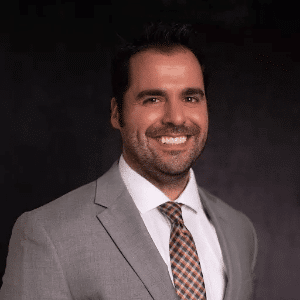
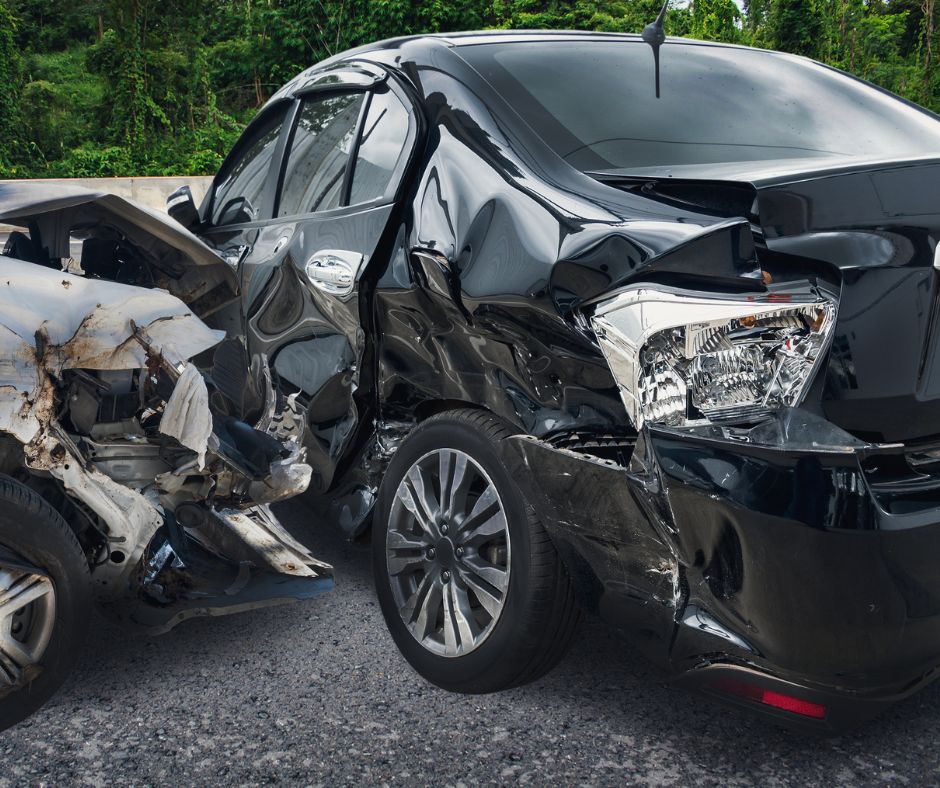
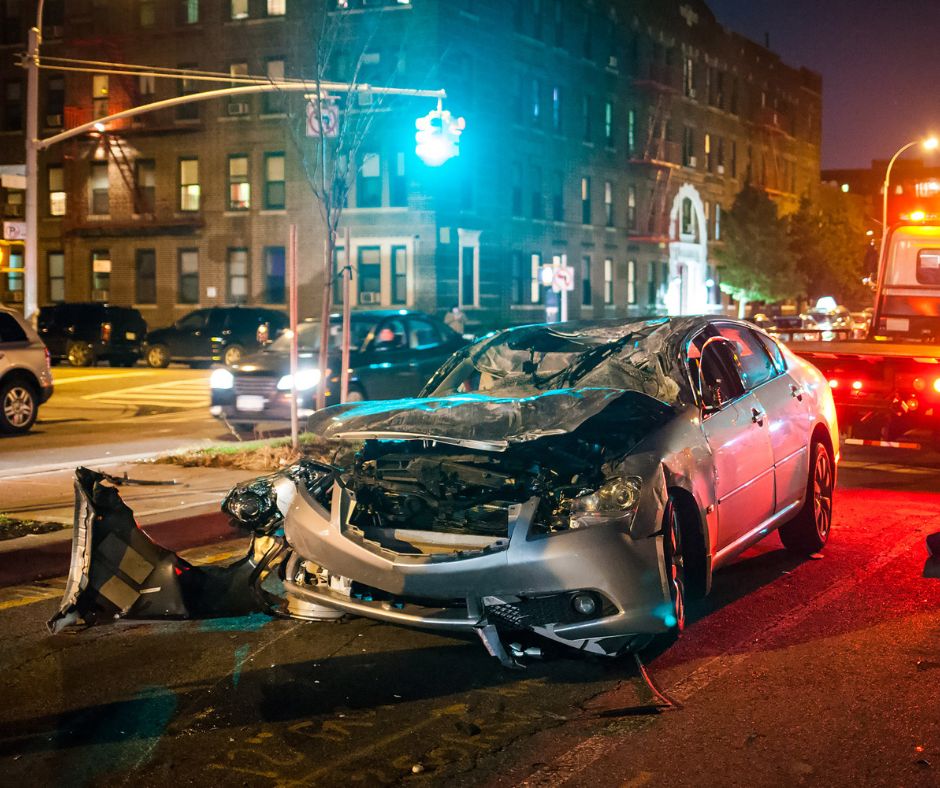
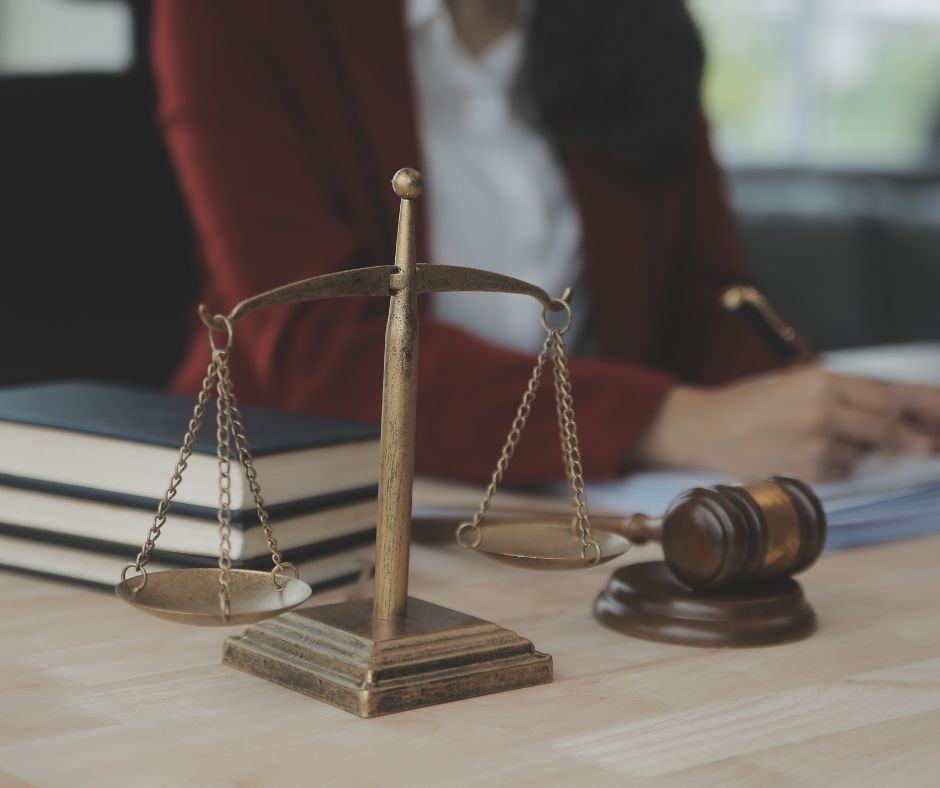
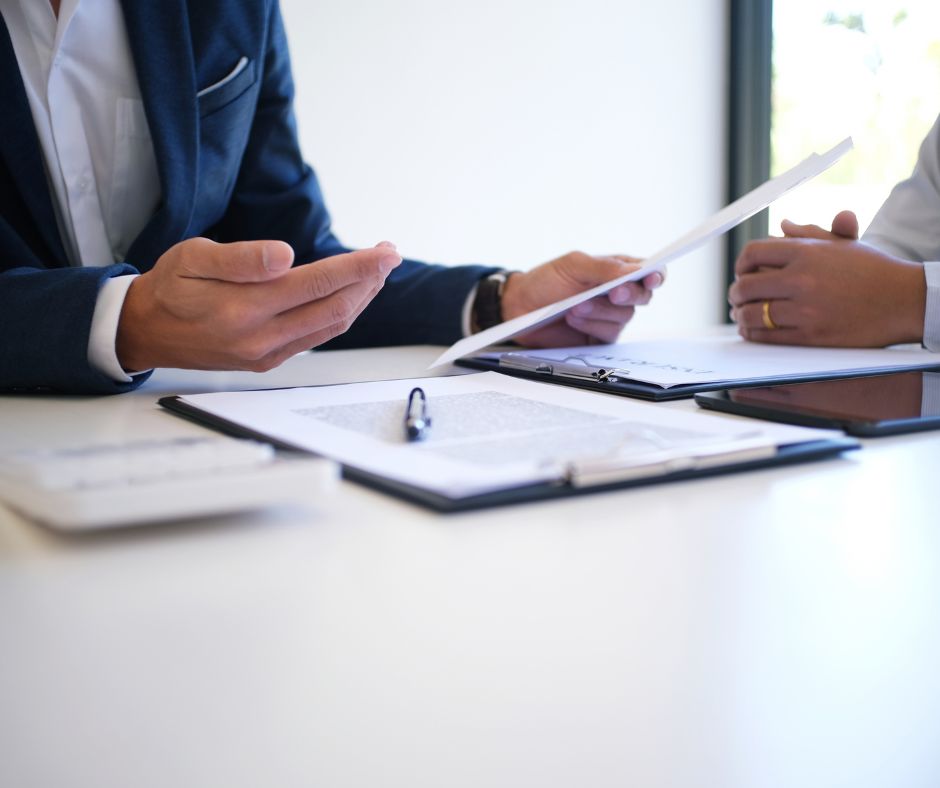
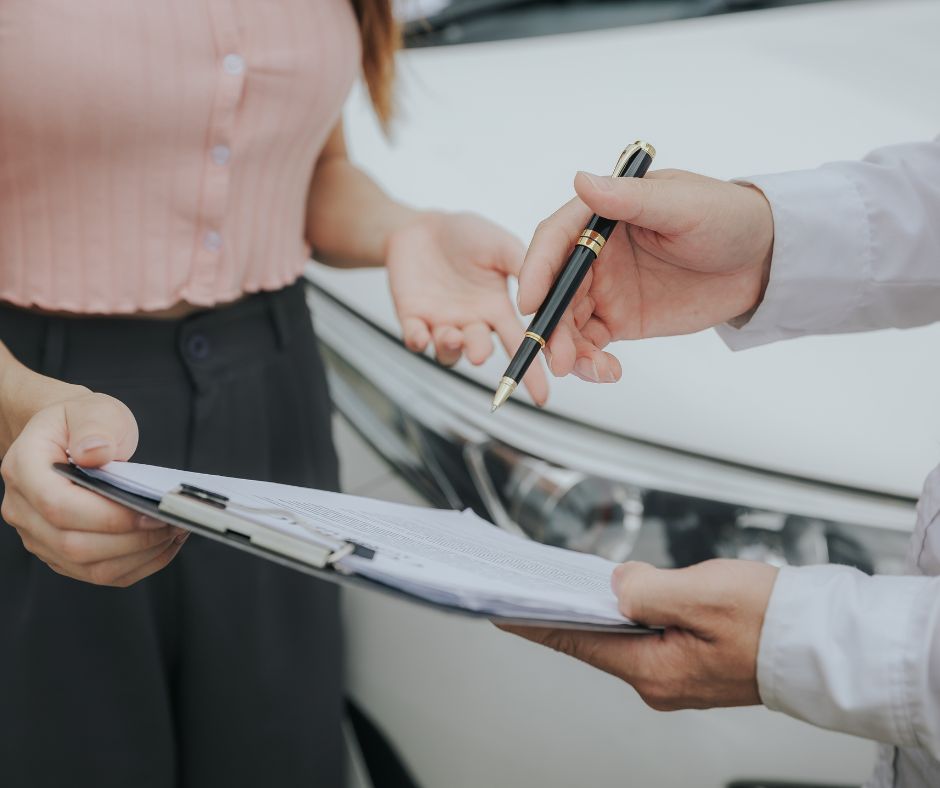
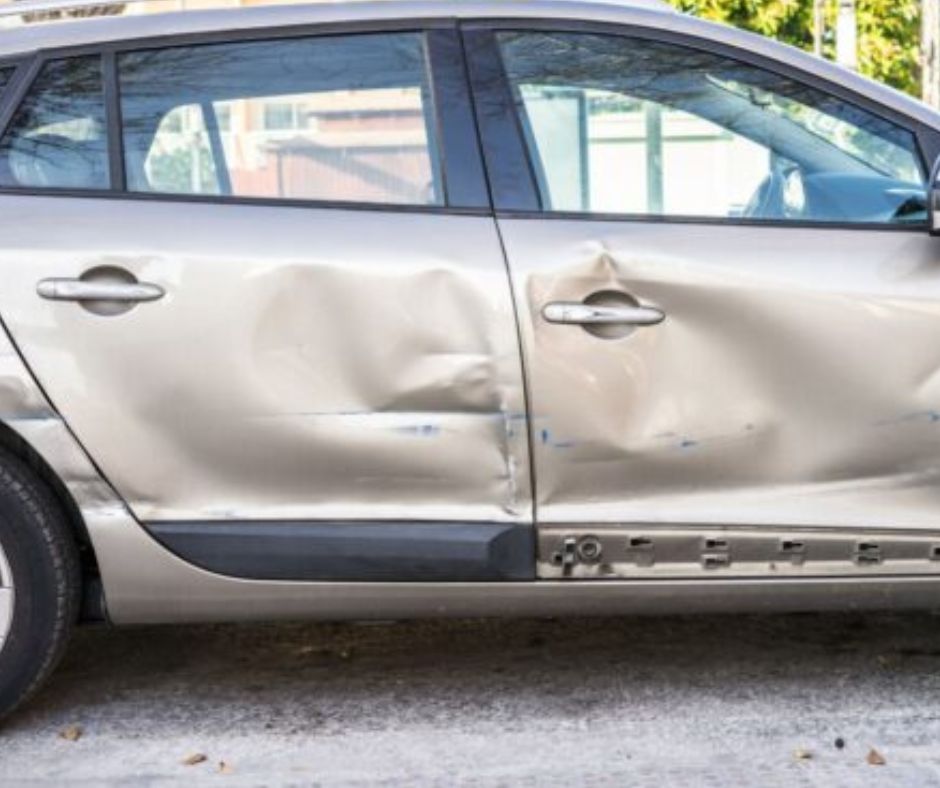
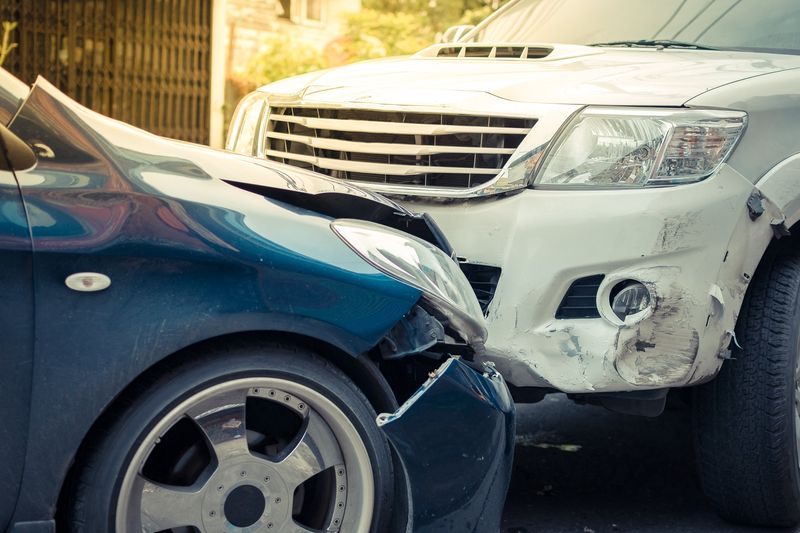
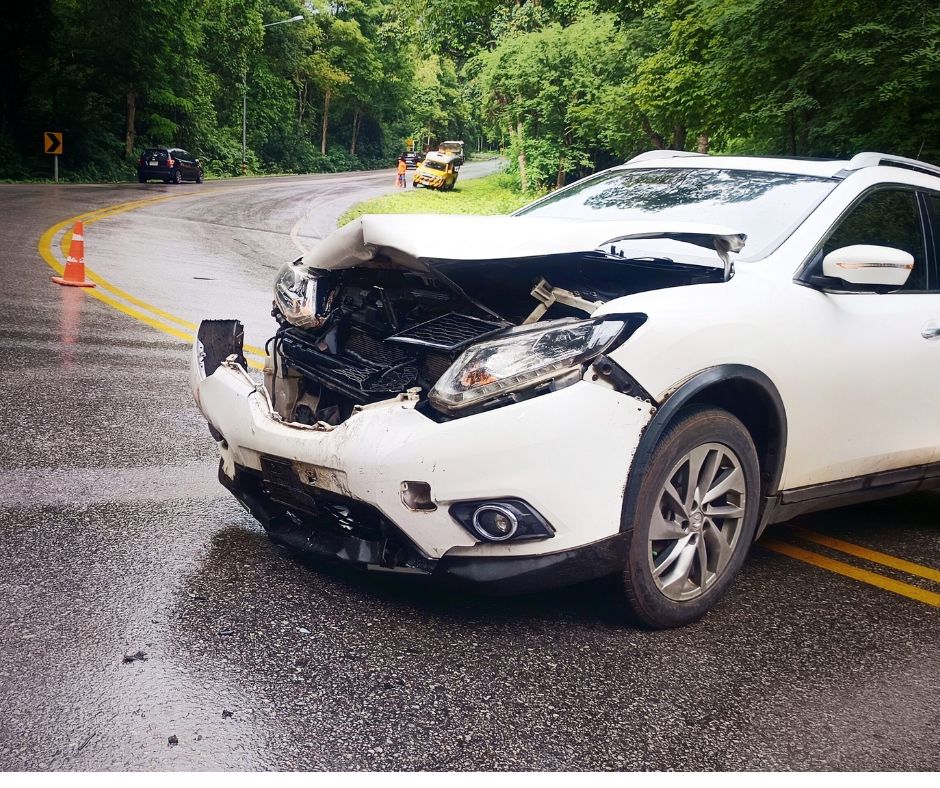
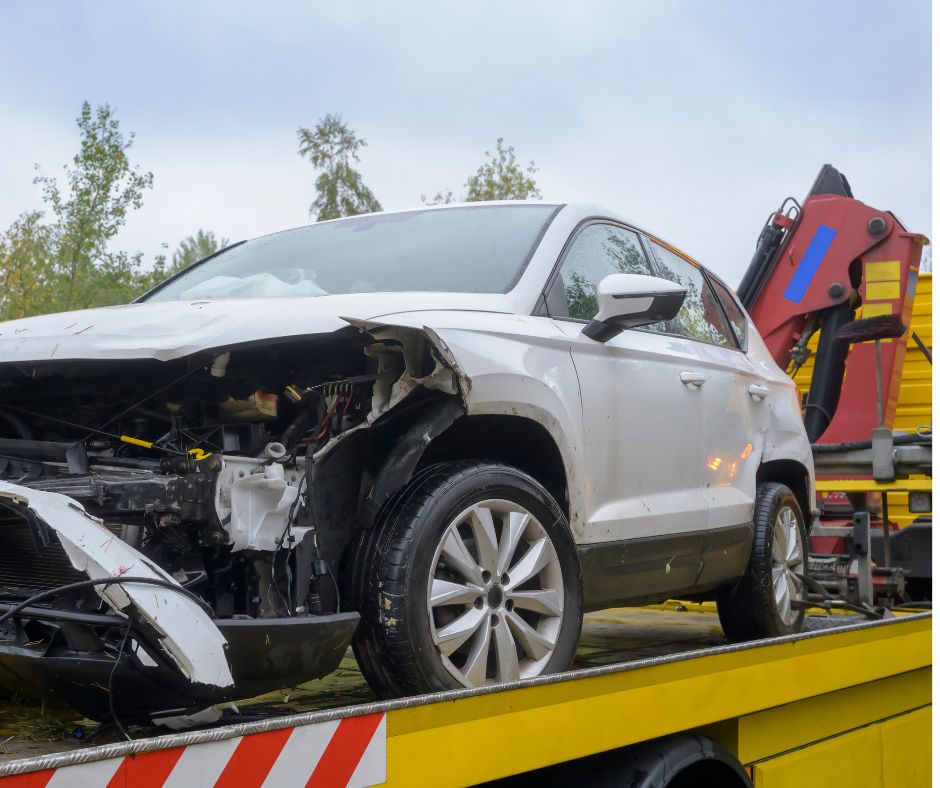
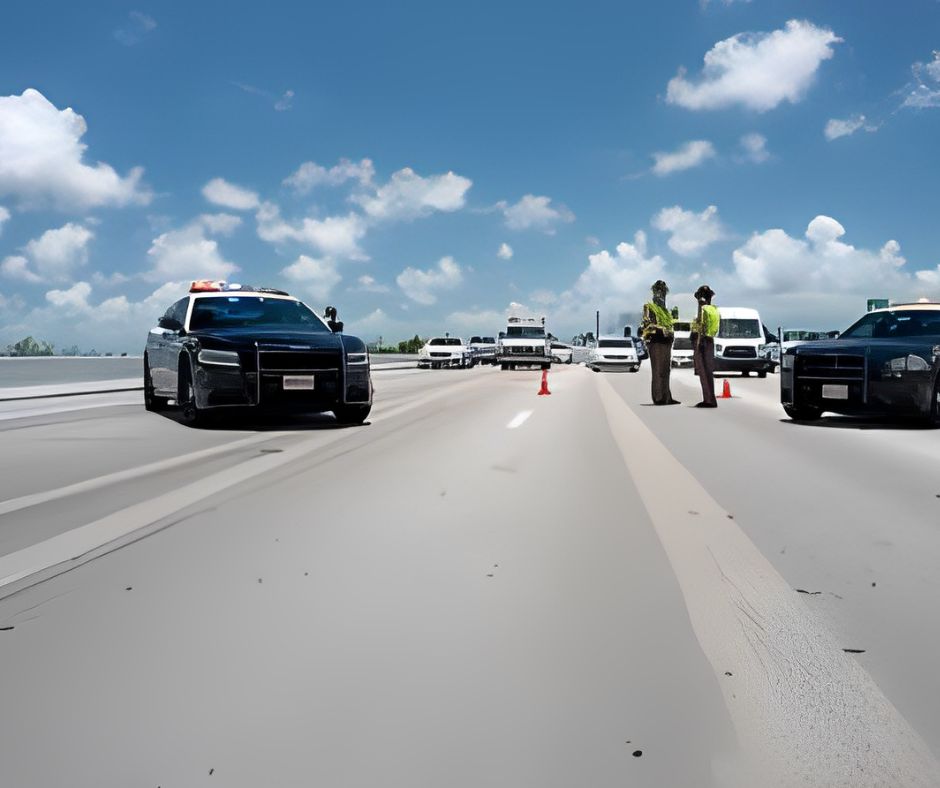
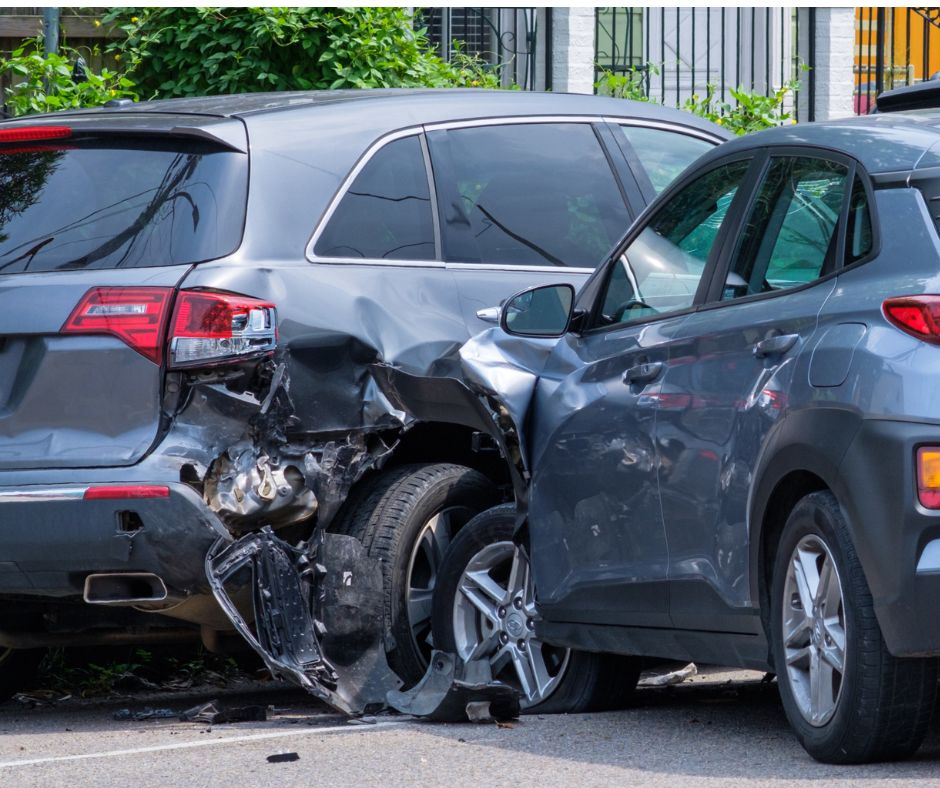
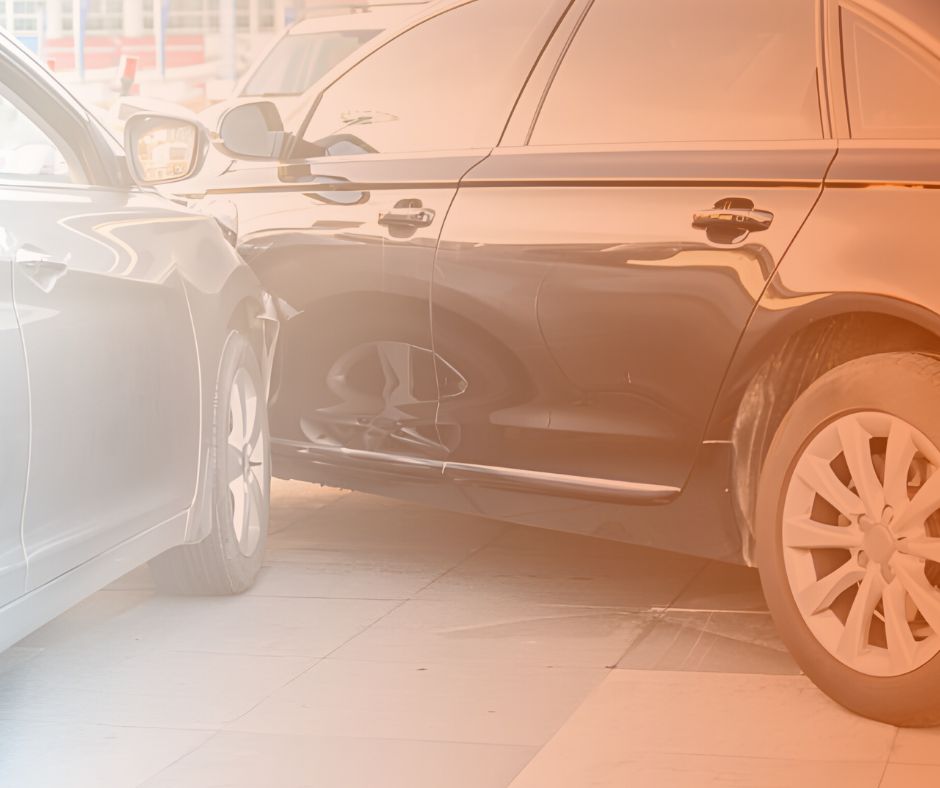
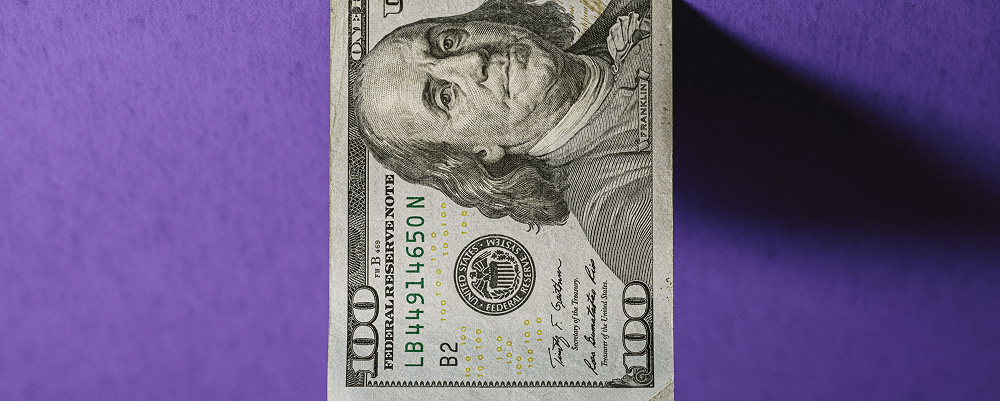

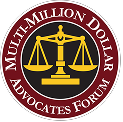


 EMAIL
EMAIL  AI-search
AI-search  Access
Access